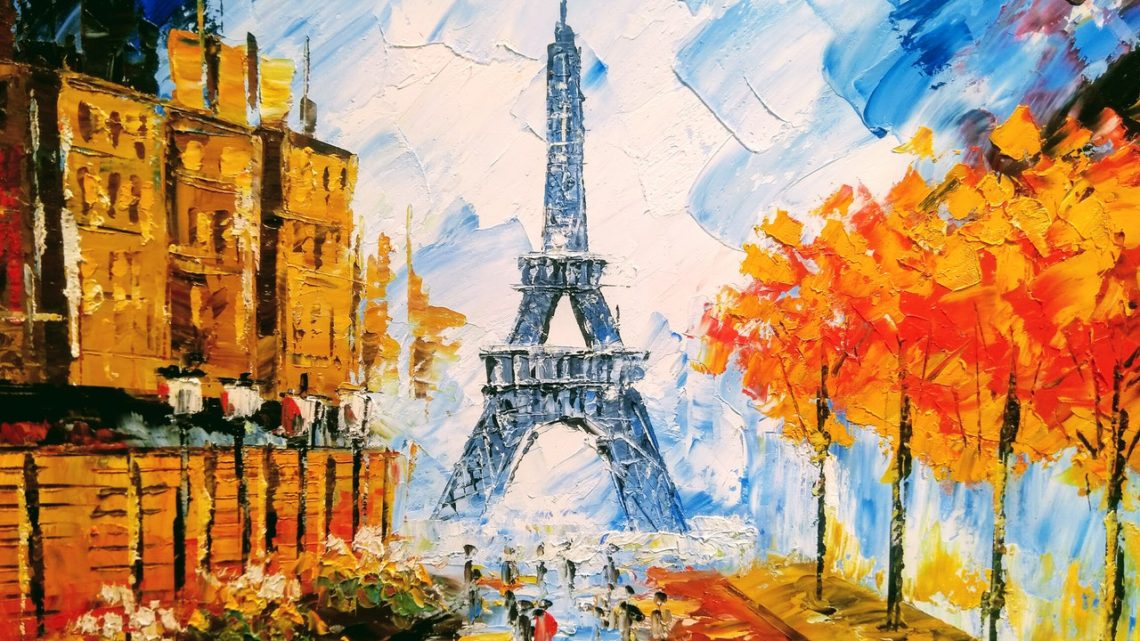For the creative amongst us, the idea of being able to express ourselves through art such as animation can be somewhat of an aspirational dream. Not only does this act as an outlet for creative passion, but it also has practical applications such as giving you the ability to create awesome storyboards to communicate and promote your ideas in a professional way.
We all know that using animation as an outlet is not as simple as turning on a computer. Yet with a little self-discipline and know-how, you can become a self-taught artist. In this article, we offer our top tips on how to go from zero to hero in the mastery of animated artistry.
The wonderful web
Traditional education has its place. But with an ever-increasing source of information on every topic from baking bread to making clothes, the Internet is now the go-to place for hands-on, practical learning. It is for this precise reason that it should be your first place to visit when looking to grow your creative ability.
Not only is the Internet a fantastic source of information, but due to its flexibility, it can be tailored to your specific pace and preferred style of learning. For example, there are a number of videos and series on YouTube that you can work through with popular creators such as Onion Skin or Draw with Jazza. Online providers such as Future Learn also offer comprehensive online courses on animation techniques.
For many using the Internet to learn is somewhat of a hands-on experience. Getting started with animation and then using the Internet to find solutions to an issue is a great way to quickly learn in a practical way.
Tools for success
Not only is the world wide web an excellent source of information to find out how-to, it also provides a number of the tools you will need to get started with animation. Having the right tools will go a long way to the long-term progression of your self-taught artistry.
The go-to solution in this space is, of course, the creative suite by Adobe. Made up of all the software you will need to get good, from Illustrator to Character Animator, Adobe offers a comprehensive collection of industry standard software. However, priced from £10 for a single ‘app’ through to £80 a month, this may not be the most affordable option.
GoAnimate is an alternative online animation tool. Although it doesn’t have the functionality of the Adobe tools, it will certainly allow you to practice and improve your skills in a basic way. Apple also offers an alternative to the Adobe suite with a one-off cost rather than monthly fee with Apple Motion.
Get inspired
One of the biggest challenges of being an artist is constantly being inspired to create new and innovative ideas. This can be difficult going, can take a lot of energy and you can often get creative blocks when you need ideas the most. Luckily there are some go-to methods in helping you overcome these blocks and continue to produce excellent work.
The first method to get inspired is to take a look at the competition, or at least those that are successful within your particular area of interest. Take for example that you are pursuing a hobby or career in video game design, taking a look at some top sources such as the gaming chart or game design blogs will help ignite your creative spark. There are also great blogs on concept art which can become a useful source of inspiration in this crucial part of the animation process.
Stepping outside of your sphere of expertise can also help motivate and inspire you. Visiting art galleries, museums or finding inspirational street art can give you ideas that can be transferred into your own work. Equally putting yourself into new and completely unrelated situations can give you access to surprisingly inspirational people, environments or items. Just taking a short walk outside may work as the perfect way to get your creativity flowing again.
Try, try, try again
In Malcolm Gladwell’s book ‘Outliers’ he explains a theory; to become an expert in any field you must first complete 10,000 hours of practice. Of course, there are many variables when it comes to this theory but it shows well the concept that to become good at anything will take a substantial amount of practice.
So, when developing your self-taught skills, it is important to continue practising with applied consistency. It is only by failing, learning and repeating that you will be able to develop your artistic ability. Keeping a journal of things you have learnt or issues you have remedied will help you to maintain momentum.
Clearly, it is no easy path to becoming a self-taught artist. By understanding the tools that are available to you, you will be able to learn the different options available in order to communicate your creative vision, using online sources can also teach you the techniques needed to do this. This path also takes a considerable amount of determination and will require a clear understanding of what inspires you as an artist.
If you enjoyed this post, feel free to share it with your friends and family. After all, sharing is caring!
Author: Frankie Caplan
Frankie Caplan is an animator interested in applying animation to art and business projects. She loves independent film, old-school illustration and animation movies that don’t end happily ever after. You can find her writing at Pigeon Studio or follow her on Twitter.














